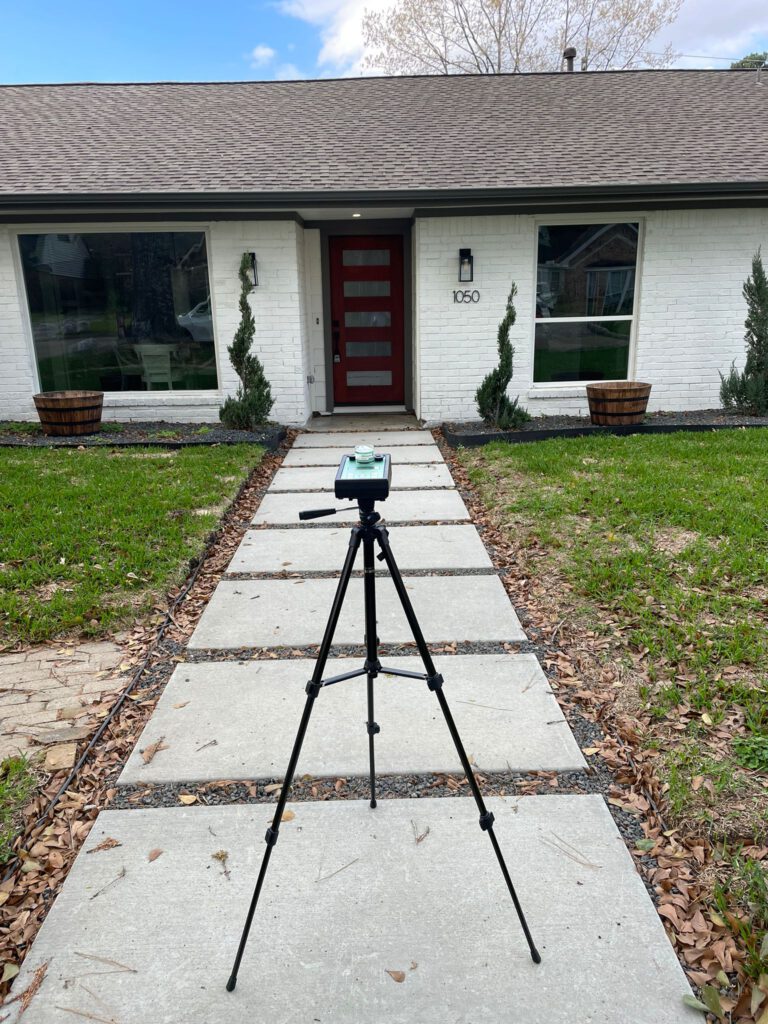As a pet owner in Houston, it’s essential to be aware of the potential risks associated with mold in your home. Mold can not only affect human health but also pose risks to your furry companions. In this blog post, we will explore the dangers of mold exposure for pets, the common symptoms to look out for, and how you can protect your beloved animals from mold-related health issues. Let’s dive in!
- The Risks of Mold Exposure for Pets: Just like humans, pets can suffer from various health problems when exposed to mold. Mold spores in the air can trigger respiratory issues, allergic reactions, and skin irritations in animals. Prolonged exposure to mold can also weaken their immune systems, making them more susceptible to infections and other illnesses.
- Common Symptoms of Mold Exposure in Pets: Pets may exhibit different symptoms when exposed to mold. Keep an eye out for signs such as coughing, sneezing, wheezing, difficulty breathing, excessive scratching, skin rashes, runny eyes or nose, lethargy, and changes in appetite or behavior. If you notice any of these symptoms, it’s crucial to consult a veterinarian for a proper diagnosis.
- Identifying and Addressing Mold in Your Home: To protect your pets from mold, it’s essential to identify and address any mold issues in your home promptly. Look out for visible mold growth, musty odors, or any signs of water damage, such as leaks or damp areas. If you suspect mold, it’s advisable to seek professional mold testing services in Houston to assess the situation accurately.
- Preventive Measures to Protect Your Pets: Taking preventive measures can significantly reduce the risk of mold exposure for your pets. Ensure proper ventilation and airflow in your home to minimize moisture buildup. Regularly clean and inspect areas prone to mold growth, such as bathrooms, basements, and kitchens. Fix any water leaks promptly and maintain a dry environment. Additionally, keep your pet’s living areas clean and free from excess moisture.
- Professional Mold Testing and Remediation: If you suspect mold in your home, it’s crucial to hire professional mold testing and remediation services. Certified mold inspectors can conduct thorough testing to identify the presence and extent of mold contamination. If mold is found, professional remediation will ensure its safe and effective removal, reducing the risk of future exposure for both you and your pets.
- Creating a Safe Environment for Your Pets: Besides addressing mold issues, there are additional steps you can take to create a safe environment for your pets. Regularly clean and vacuum your home to remove dust, allergens, and mold spores. Use pet-friendly cleaning products that are free from harsh chemicals. Consider using air purifiers with HEPA filters to improve indoor air quality. Also, provide your pets with a well-balanced diet and regular veterinary care to support their overall health and immune system.
- Seeking Veterinary Care for Mold-Related Health Issues: If you suspect your pet has been exposed to mold or is displaying symptoms related to mold exposure, it’s vital to consult a veterinarian. They can diagnose the underlying issue and provide appropriate treatment. Prompt veterinary care is crucial to ensure the well-being and recovery of your furry friends.
Conclusion:
Protecting your pets from mold exposure is an essential part of maintaining their health and well-being. By understanding the risks associated with mold and taking preventive measures, you can create a safe environment for your furry companions. Remember to seek professional mold testing and remediation services when needed, and consult a veterinarian if you suspect your pet has been affected by mold-related health issues. With proper care and attention, you can keep your pets happy, healthy, and mold-free in your






